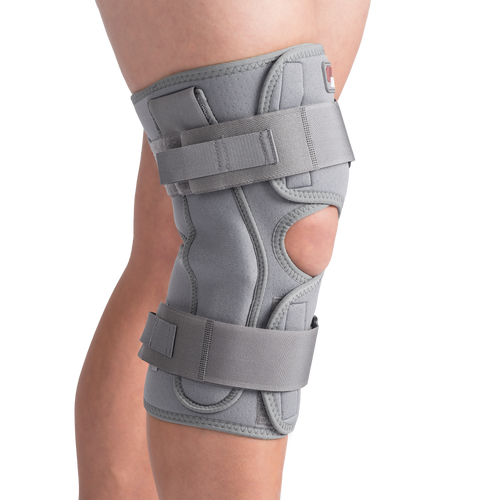

How to Get Back Into Exercise After an Injury
By Brian Action
For many common injuries, the best medicine is rest: taking time to recuperate can help your body recover and avoid injuring yourself all over again. But if your injury is keeping you from your normal exercise routine, you may be anxious to get back to an active lifestyle.
Getting back into exercise after an injury can be risky, and you’ll want to do it carefully. Here’s what you should do to get back into exercise after an injury.
1. Check With Your Doctor
You may feel ready to get back to the gym or the great outdoors, but that doesn’t mean you are. It’s important to talk with your doctor, physical therapist, and any other medical professionals who helped you deal with your injury. They should be able to assess your injury and recommend what exercise, if any, you can safely return to.
Pushing yourself to work out before you’re ready can exacerbate your existing industry and put you out of commission for even longer. And if you’re in very good shape, you are actually in the least danger of “letting yourself go” as you rest - though to be safe, you can always adjust your diet.
2. Start Gradually
Even if you have only been taking it easy for a few weeks, it’s not a great idea to jump back into the same intensity of exercise you were doing pre-injury. If you usually run a five-minute mile or back squat twice your body weight, don’t start there. A good rule of thumb is to cut the intensity of your normal exercise routine by half, then increase intensity around 10% each week. As you increase intensity, keep an eye out for pain flare-ups and other symptoms.
3. Warm Up, Cool Down, and Stretch
Make sure to warm up before your workout, cool down after your workout, and stretch. You should spend a few minutes warming up and cooling down at each workout session. You should also stretch all your normal muscles and do any stretches your doctor or physical therapist recommends for your injury.
4. Decrease Risk of Re-Injury
You can avoid reinjuring yourself by working out other areas of your body or doing low-risk exercises. For example, if a knee injury is preventing you from your normal running routine, swimming could be the right low-impact exercise to help you stay in shape while you recover. If it’s your upper body that suffered an injury, consider exercises that focus on your lower body.
5. Look for Warning Signs
A little pain or soreness is normal after exercise, but severe or long lasting pain is not. If you are experiencing sharp pains during exercise or pain lasts a long time after the workout, this could be a sign you’ve gone too far. You may need to rest a few days or look for alternate workouts. When you do return to exercise, make sure to lower the intensity.
6. Treat Your Body Right
Eating right, staying hydrated, and getting enough sleep can help you exercise better and safer. This is even more important post-injury. Treat your body right and it will respond positively.
Sources:
https://www.mensjournal.com/health-fitness/dont-warm-up-youre-going-to-get-injured-w490179/
https://www.painscience.com/articles/art-of-rest.php
https://www.sleepfoundation.org/sleep-topics/diet-exercise-and-sleep
Mentioned Products


